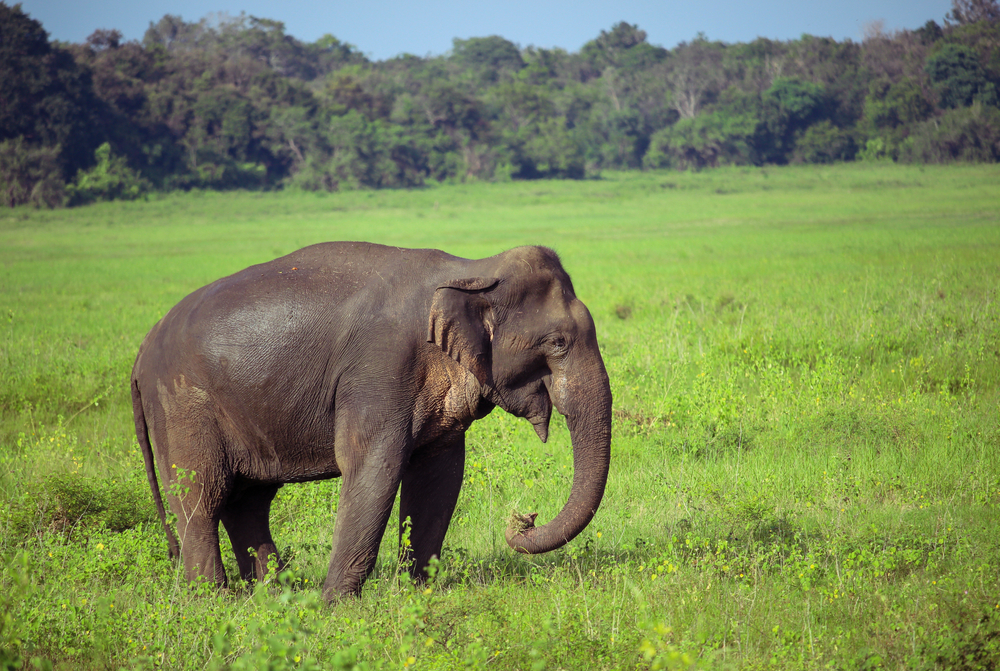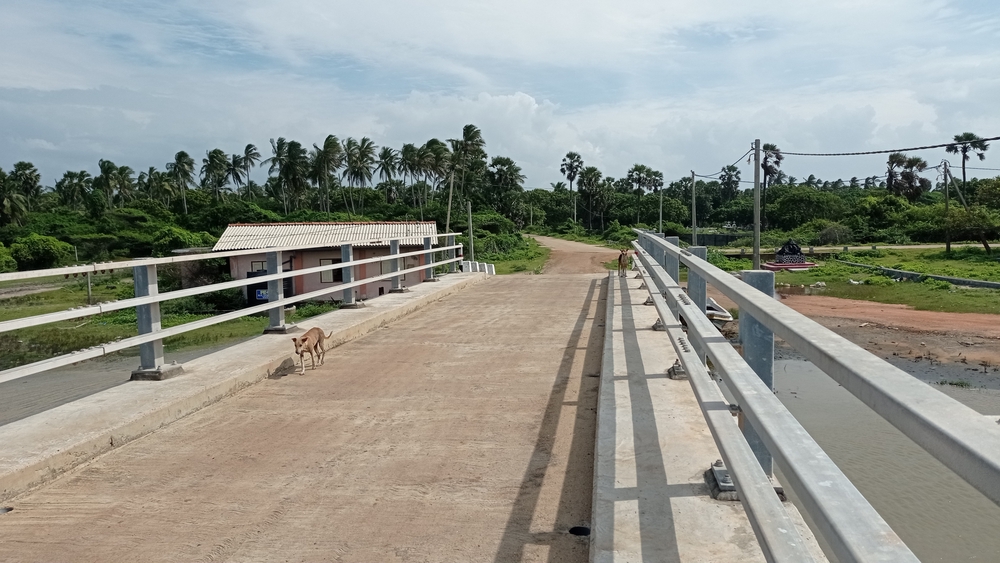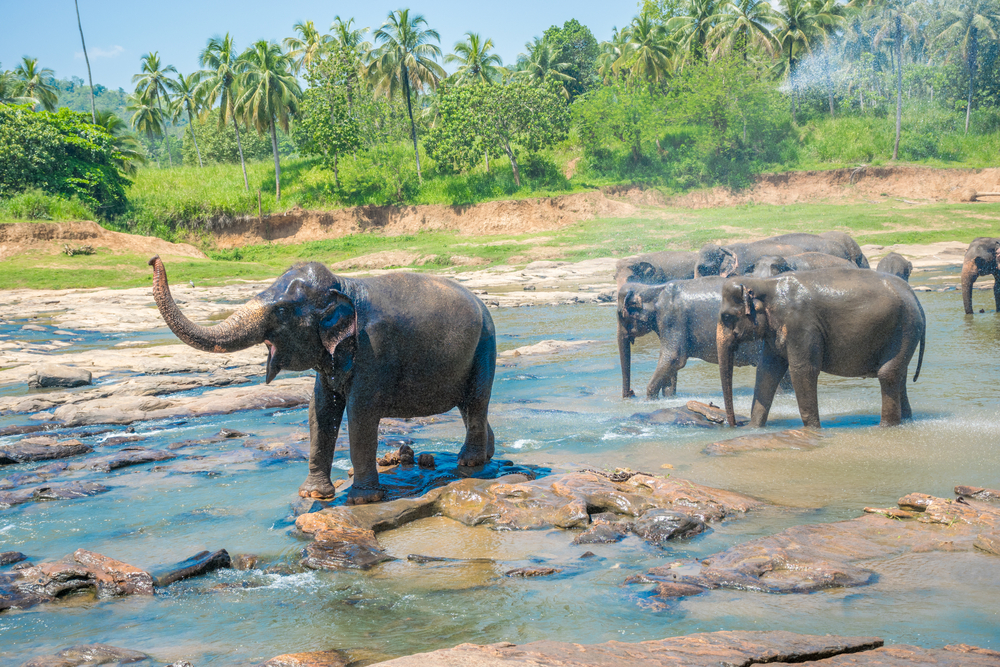Angammedilla Overview
Angammedilla National Park, located in the North Central Province of Sri Lanka, spans an area of approximately 55 square miles (143 square kilometers). Established in 2006, the park was originally a part of the nearby Minneriya and Giritale sanctuaries and was created to protect the region’s rich biodiversity and ancient irrigation systems. Situated near the historic city of Polonnaruwa, the park is named after the Angammedilla region, which has long been significant in maintaining water resources in the area.
The terrain of Angammedilla National Park is a mix of lowland forests, savannas, and wetlands, with the Amban Ganga River cutting through its heart. This diverse landscape is characterized by rolling hills, rocky outcrops, and scattered reservoirs, including the Angammedilla wewa, an ancient tank vital to the area’s water supply. Vegetation here is lush, dominated by dry-zone tropical forests with tall trees like teak, palu, and weera. During the monsoon season, the park transforms into a vibrant green haven with blooming wildflowers adding bursts of color to the landscape. The forests provide critical habitat for numerous plant species, many of which are endemic to Sri Lanka.
Angammedilla is a sanctuary for wildlife, hosting a variety of species that thrive in its protected environment. Visitors often encounter majestic Sri Lankan elephants, which are iconic to the park, roaming in herds near water sources. Other mammals include sambar deer, sloth bears, leopards, and toque macaques. Bird enthusiasts are drawn to the park to observe a wide array of avian species such as painted storks, grey herons, and black-headed ibises, as well as raptors like crested serpent eagles. The wetlands and waterways support amphibians, reptiles, and aquatic species, making the park a haven for biodiversity.
Popular features of Angammedilla National Park include its ancient irrigation structures, which highlight the ingenuity of Sri Lanka’s historical civilizations. The park is part of the catchment area for the Parakrama Samudra, a massive reservoir built during the reign of King Parakramabahu I. Exploring the park offers opportunities to appreciate these engineering marvels amidst nature. Jeep safaris are the most common way for visitors to experience the park, allowing them to traverse its rugged terrain and witness its diverse wildlife. Walking trails are also available for those seeking a more intimate experience, particularly along the riverbanks and near the ancient ruins scattered across the park.
Angammedilla faces conservation challenges such as human-wildlife conflicts, particularly with elephants straying into nearby agricultural lands. However, the park management has undertaken measures to mitigate these issues, including constructing electric fences and promoting community engagement programs. On the positive side, the park’s establishment has helped curb illegal logging and encroachment, preserving critical habitats. Efforts are ongoing to enhance ecological corridors that connect Angammedilla with other nearby protected areas, ensuring the movement of wildlife and maintaining genetic diversity.












































































